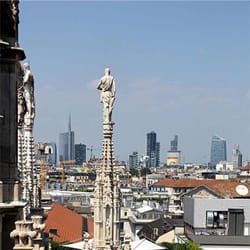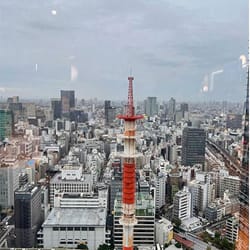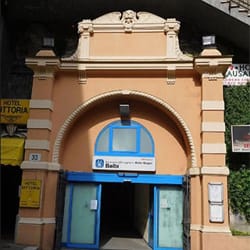In the beating heart of one of the world's most dynamic metropolises, a silent but profound revolution is taking shape.
London, the city that led the Industrial Revolution, is now orchestrating an even more ambitious transformation which is becoming carbon-neutral by 2030.
While the world debates climate change, the city of Big Ben is already building its sustainable future, demonstrating that even a megalopolis of 8 million inhabitants can become a model of urban sustainability.
The metropolis that has witnessed two thousand years of history is undergoing a transformation as profound as the one the Industrial Revolution brought to its streets and squares.
London, the city once shrouded in coal fog, is weaving a new urban narrative, with skyscrapers like The Shard and The Gherkin that are no longer just symbols of financial power but beacons of sustainable innovation that illuminate the path to a greener future.
Like a futuristic master plan coming to life day by day, the project to make London carbon-neutral by 2030 is reshaping the very essence of the city.
It is not a simple declaration of intent, but a set of concrete initiatives that are woven into the urban fabric by transforming Victorian homes into jewels of energy efficiency therefore showing the green potential hidden in historic buildings.
Already today, 2 million heat pumps beat like new energy hearts in homes in a district heating network like the veins of a living organism.
The result is a 40% reduction in heat demand, as if the city itself had learned to conserve its vital energy.
London's sustainable revolution isn't just found in large-scale projects, but is also evident in the small, everyday gestures of its residents.
Every morning, millions of Londoners choose to commute on the city's trains instead of by car, reducing their emissions with a simple gesture that has become a habit.
Farmers' markets, which blossom like urban gardens in every neighborhood, have become the new bastions of local sustainability.

London, from urban to green
Here, among stalls smelling of freshly harvested produce and lively conversations, Londoners participate in a ritual of connection with the land and community, even in the heart of the metropolis.
From co-living spaces to eco-hotels redefining the concept of sustainable luxury, London is writing a new chapter in the history of urban hospitality.
These spaces are more than just places to sleep or work but they are living laboratories where a new way of experiencing the city is being experimented with, where every choice, from energy saving to waste management, becomes part of a broader narrative of urban sustainability.
London's Green Revolution finds fertile ground for experimentation in its workspaces.
The Fisheries, nestled in a former Victorian fish warehouse in Hackney, is a shining example of how the city's industrial past can be reinvented sustainably.
With its rainwater reuse system and solar energy, it represents a model of how workspaces can become trailblazers for change.
Buck Street Market in Camden represents the future of retail as they have used 80 recycled shipping containers to house an ecosystem of eco-friendly shops.
The market is not only plastic-free, but also converts its food waste into electricity to power the entire facility.
In a city where each resident buys an average of more than 200 plastic bottles a year, the battle for sustainability is fought drop by drop.
The public fountains installed by Mayor Sadiq Khan tell a success story and million plastic bottles were saved.
And as the sun sets over the city's green roofs and solar panels, illuminating its urban beehives and rooftop gardens, we can't help but think that we are witnessing the birth of a new London.
A city that, while maintaining a strong connection to its millennia-old past, is courageously writing a new chapter in its history: that of a metropolis that has chosen to become not only bigger, but wiser and more sustainable.






























































